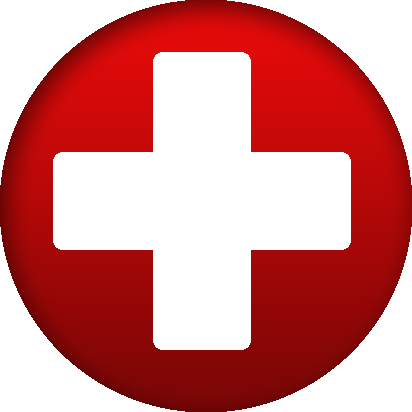Title: Understanding Fungal Acne: Causes, Symptoms, and Treatment
Introduction
Acne is a common skin condition that affects millions of people worldwide. While most cases of acne are caused by bacteria and excess oil production, there is a specific type of acne known as fungal acne that is caused by a different culprit. Fungal acne, also known as pityrosporum folliculitis, is a condition caused by an overgrowth of yeast on the skin. In this essay, we will explore the causes, symptoms, and treatment options for fungal acne, shedding light on this often misunderstood skin condition.
Causes of Fungal Acne
Fungal acne is caused by an overgrowth of a specific type of yeast called Malassezia, which is naturally present on the skin. However, when the balance of the skin's microbiome is disrupted, such as through the use of certain medications, excessive sweating, or prolonged exposure to moisture, the yeast can multiply and cause an infection in the hair follicles. Fungal acne is more common in humid climates, and it can occur on various parts of the body, including the face, chest, back, and shoulders.
Symptoms of Fungal Acne
The symptoms of fungal acne can resemble those of traditional acne, making it difficult to diagnose without proper knowledge. Common symptoms include small, uniform, itchy bumps that are typically red or flesh-colored. These bumps may be surrounded by a slight halo or whiteheads, and they tend to appear in clusters. Unlike traditional acne, fungal acne is not typically associated with blackheads or cystic lesions. It is important to note that self-diagnosis can be challenging, and it is advisable to consult a dermatologist for an accurate diagnosis.
Treatment Options for Fungal Acne
Treating fungal acne requires a different approach than traditional acne. While over-the-counter acne treatments containing benzoyl peroxide or salicylic acid may be effective against bacterial acne, they may not be effective against fungal acne. Instead, antifungal treatments are necessary to address the underlying cause. Here are some treatment options commonly prescribed by dermatologists:
Topical Antifungal Medications:
Antifungal creams or lotions containing active ingredients like ketoconazole or ciclopirox are commonly prescribed to treat fungal acne. These medications help to kill the yeast and reduce the symptoms.
Antifungal Shampoos:
In cases where fungal acne affects the scalp or hairline, antifungal shampoos containing ingredients like selenium sulfide or ketoconazole can be effective in reducing yeast overgrowth and alleviating symptoms.
Oral Antifungal Medications:
In severe cases or when topical treatments are not sufficient, dermatologists may prescribe oral antifungal medications. These medications work systemically to eliminate yeast overgrowth and clear fungal acne.
Preventive Measures
Preventing the recurrence of fungal acne is essential to maintaining healthy skin. Here are some preventive measures that can help:
Keep the Skin Clean and Dry:
Maintaining good hygiene, especially in areas prone to fungal acne, is crucial. Regularly cleansing the skin with a gentle cleanser and ensuring it is thoroughly dry can help prevent the growth of yeast.
Avoid Occlusive Products:
Products that trap moisture on the skin, such as heavy creams or oils, can create an ideal environment for yeast overgrowth. Opt for non-comedogenic, water-based products instead.
Wear Breathable Fabrics:
Clothing made from breathable fabrics like cotton allows air circulation and helps prevent excessive sweating, reducing the risk of fungal acne.
Avoid Prolonged Moisture:
Avoid prolonged exposure to moist environments, such as wet clothes or sweaty gym attire. Promptly change out of damp clothing and use moisture-wicking fabrics during physical activities.
Conclusion
Fungal acne, caused by an overgrowth of yeast on the skin, is a distinct form of acne that requires specific treatment approaches. It is important to understand the causes, symptoms, and available treatment options to effectively manage this condition. If you suspect you may have fungal acne, it is recommended to consult a dermatologist for an accurate diagnosis and appropriate treatment plan. By understanding fungal acne and implementing preventive measures, individuals can take control of their skin health and promote a clear and healthy complexion.
Related Searches:




0 Comments